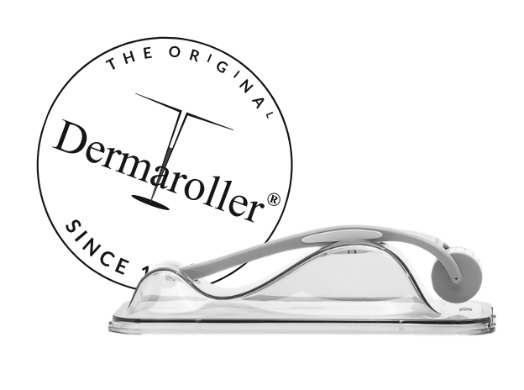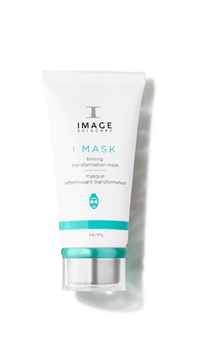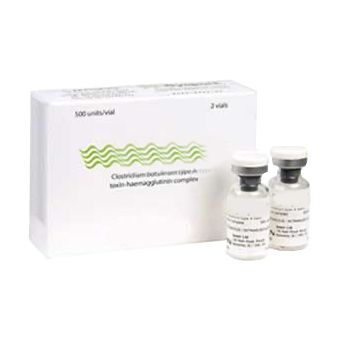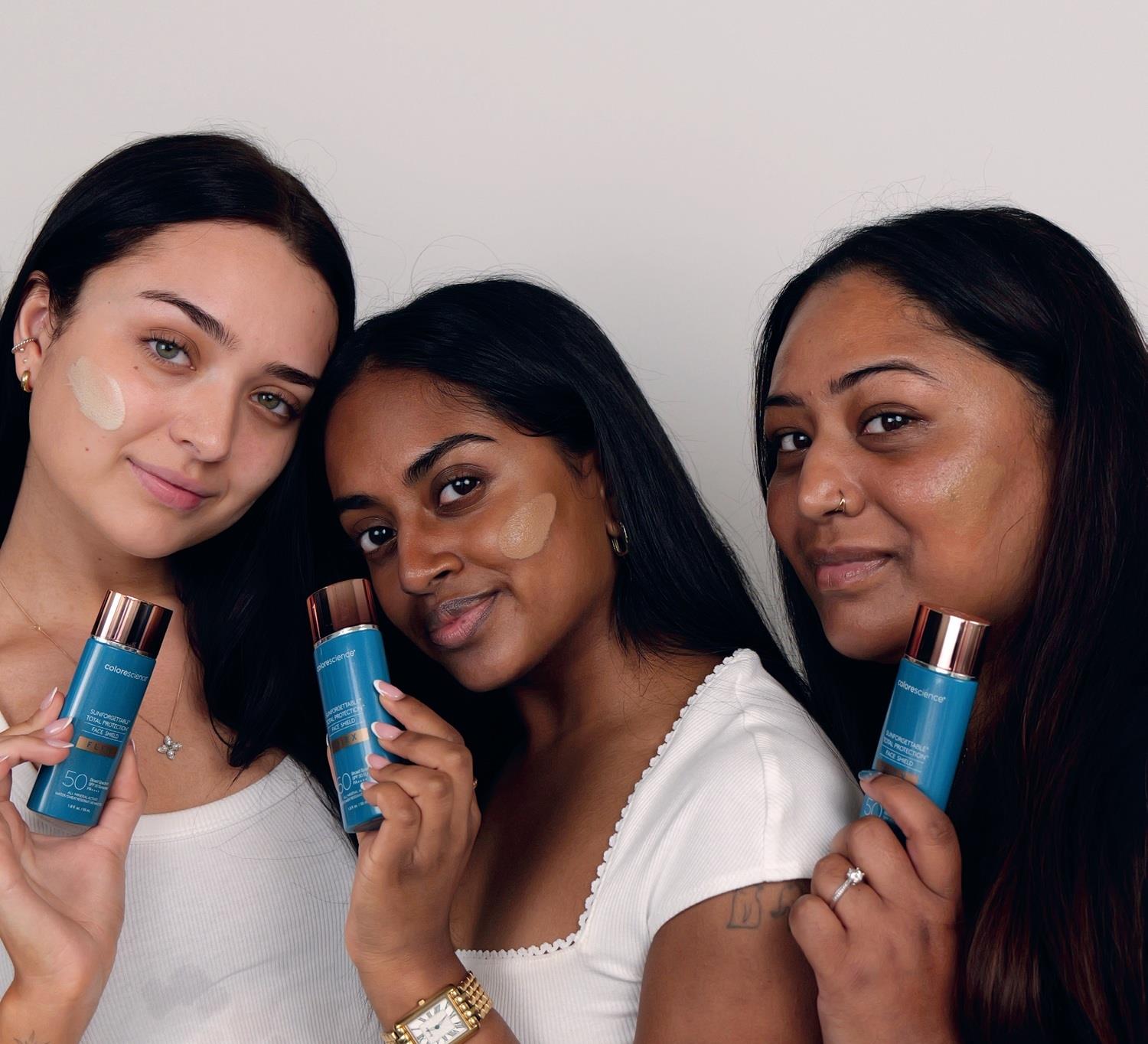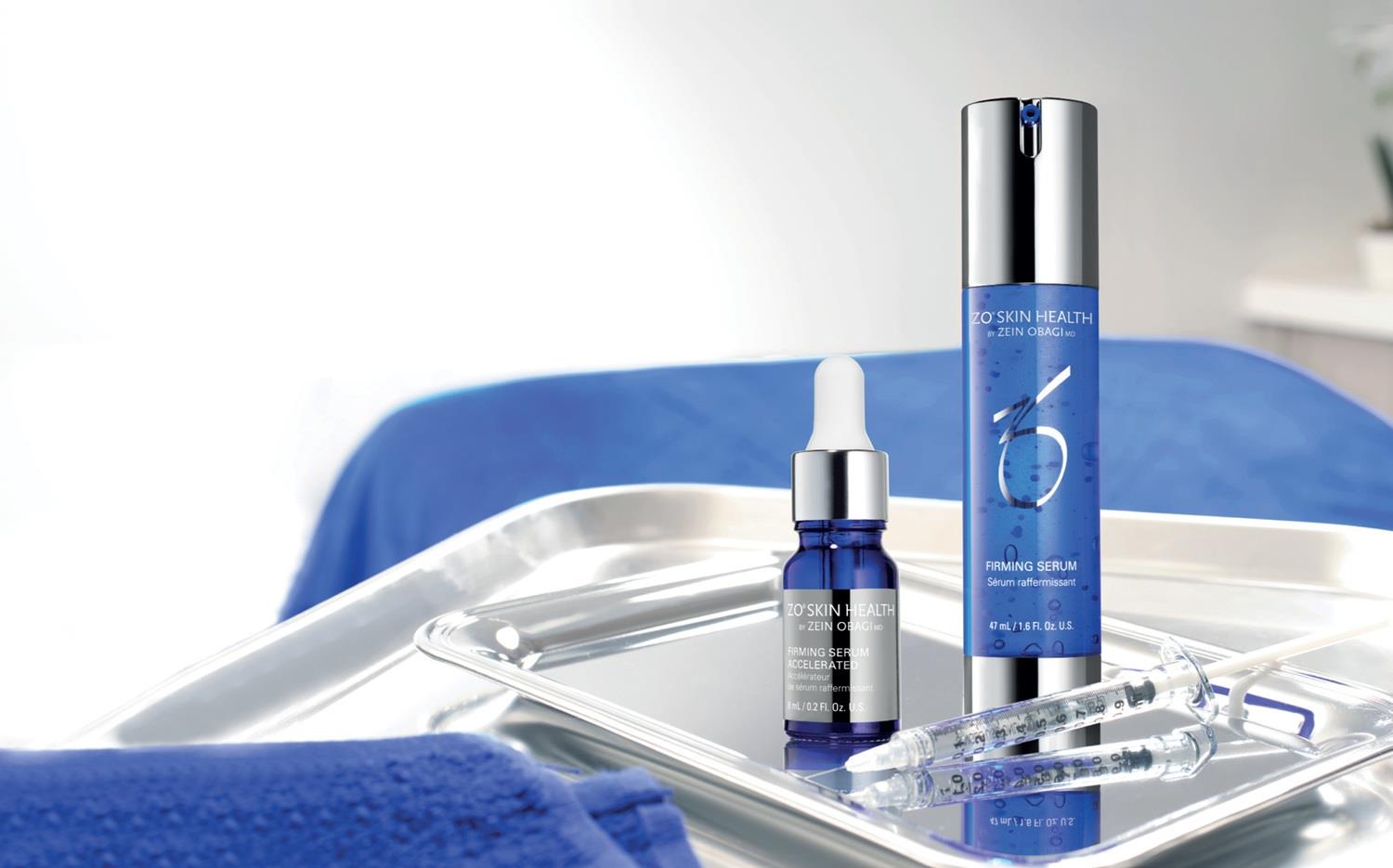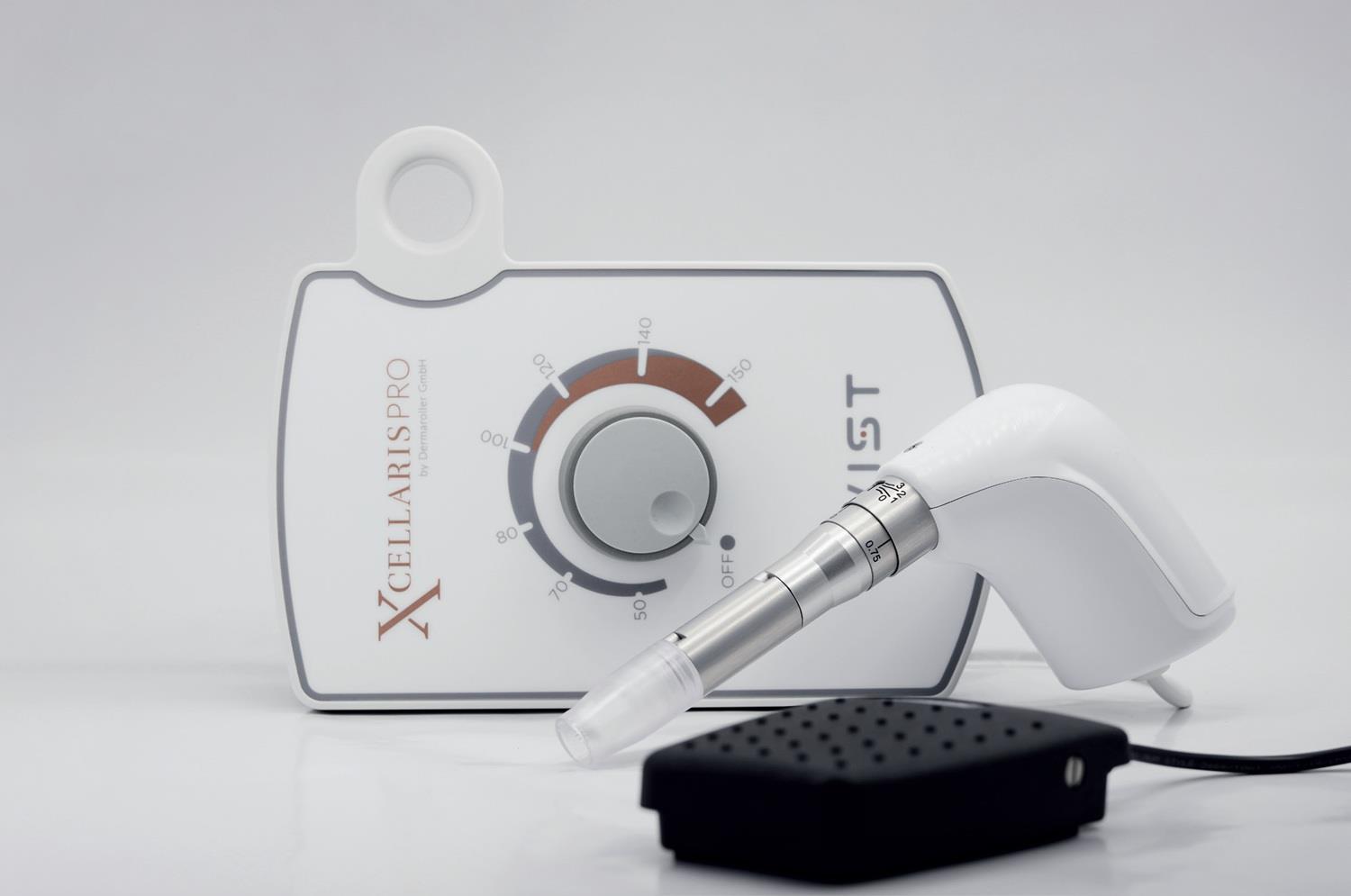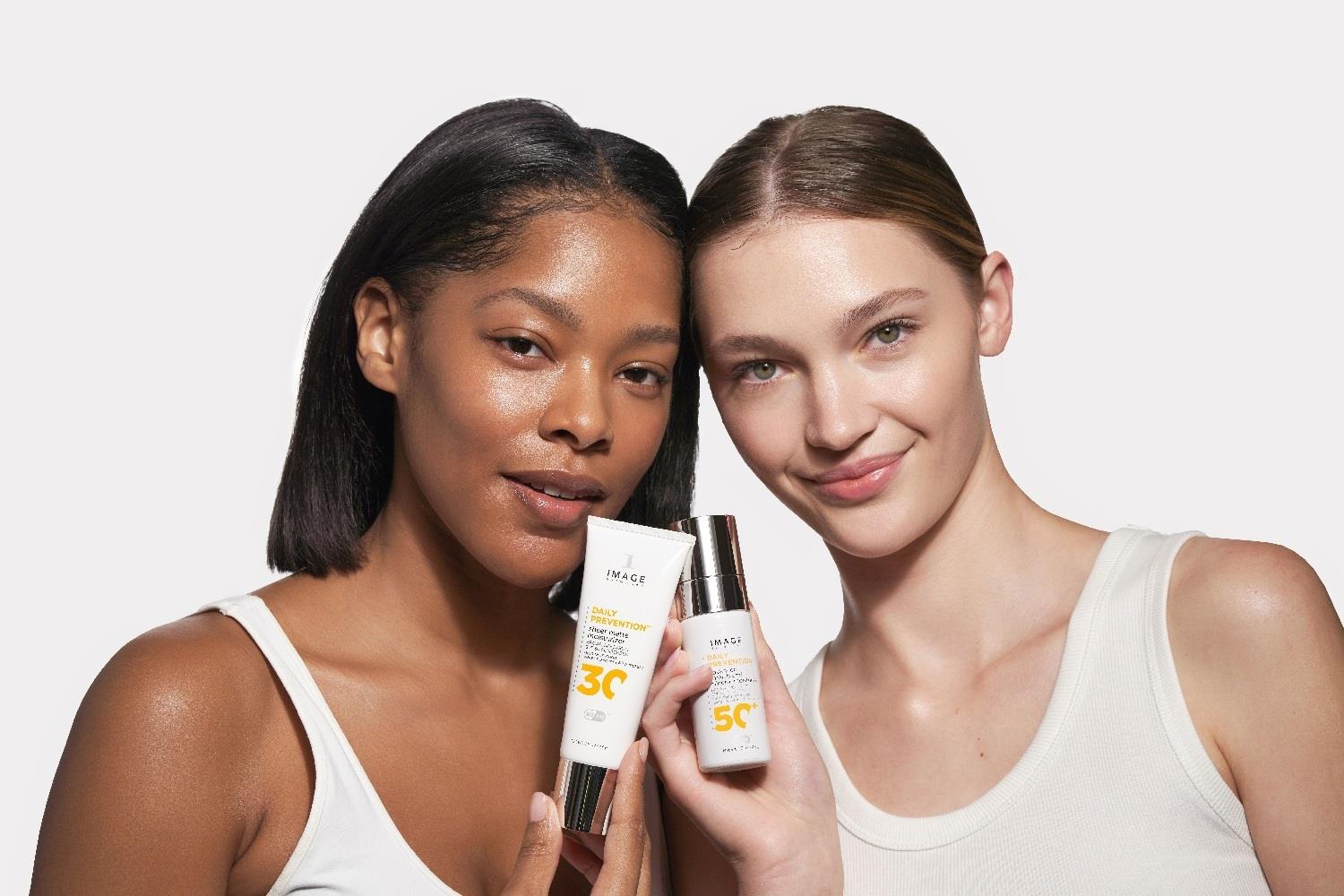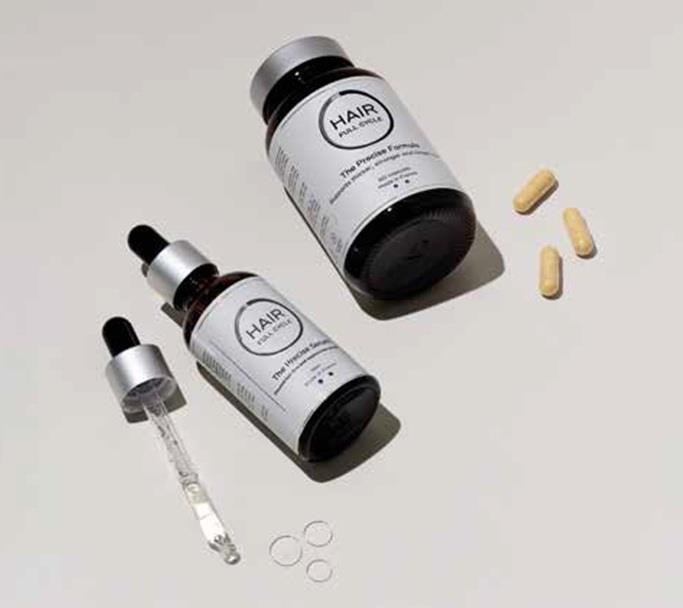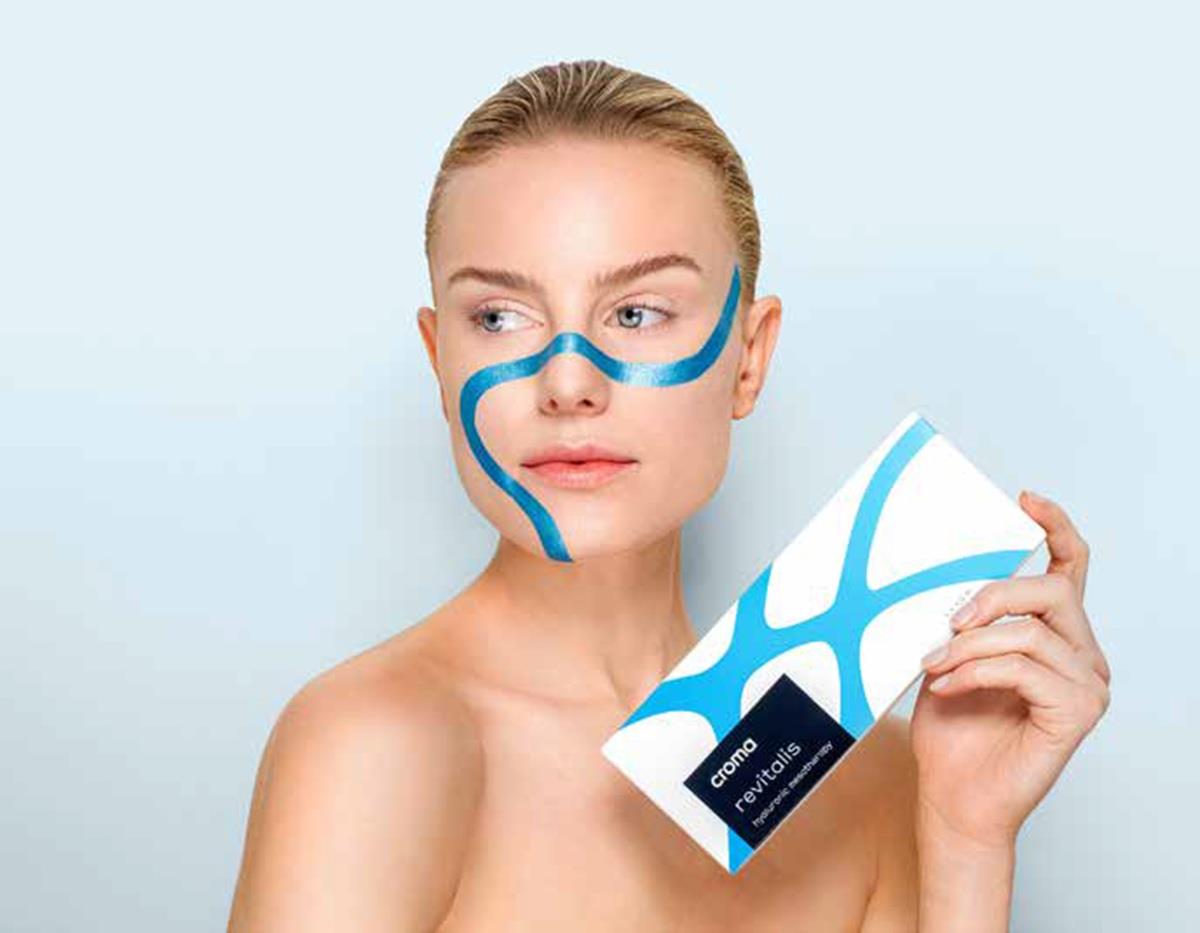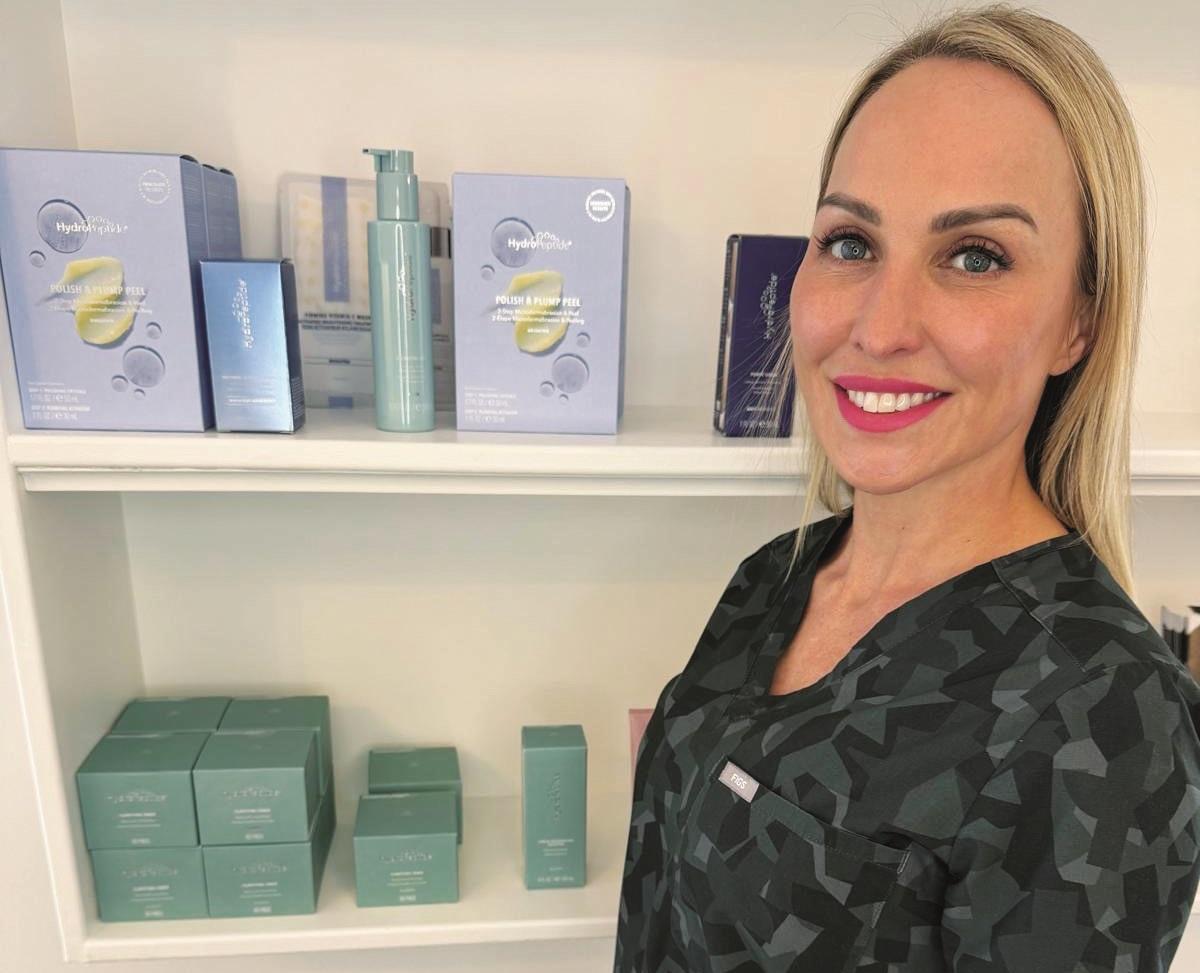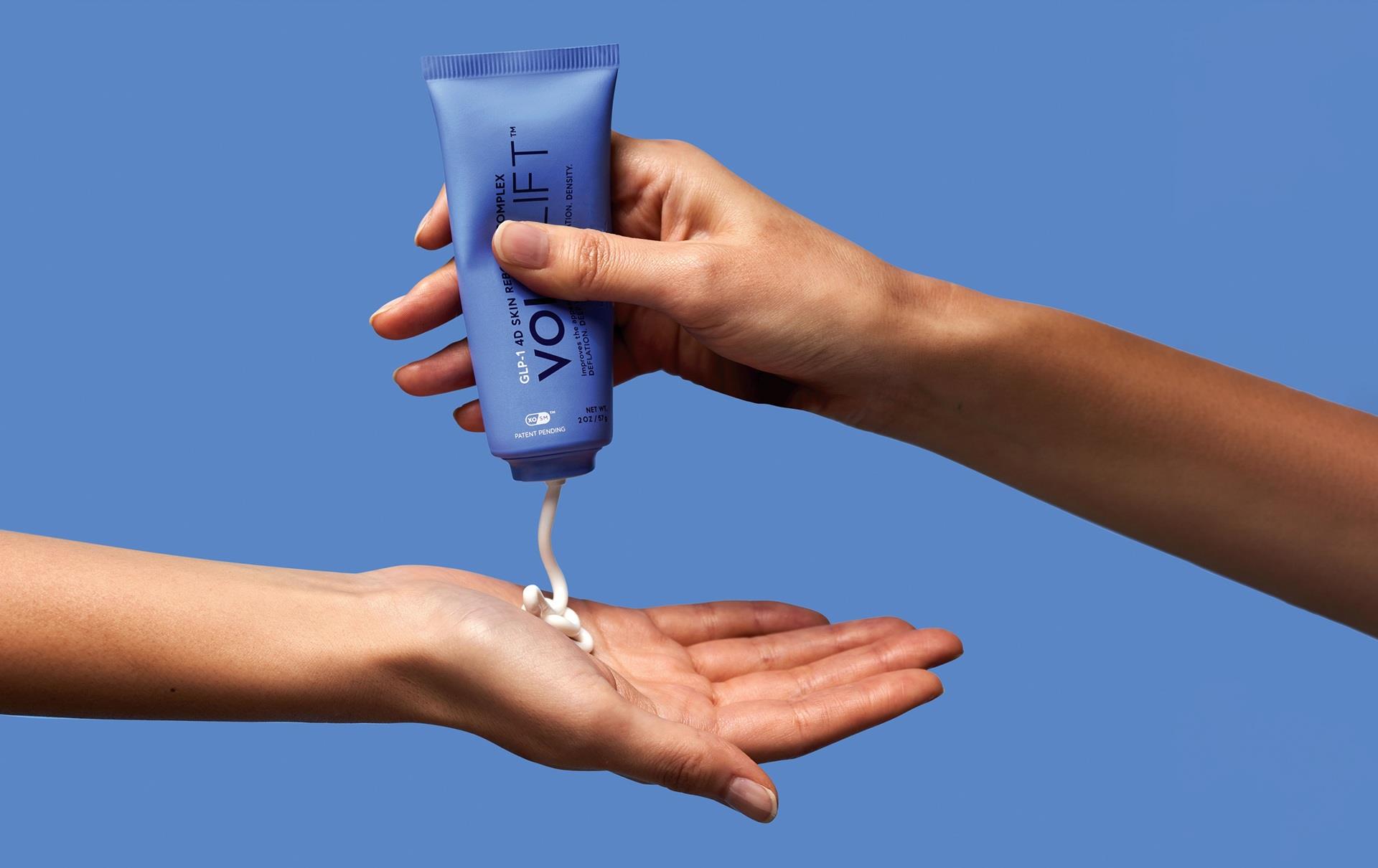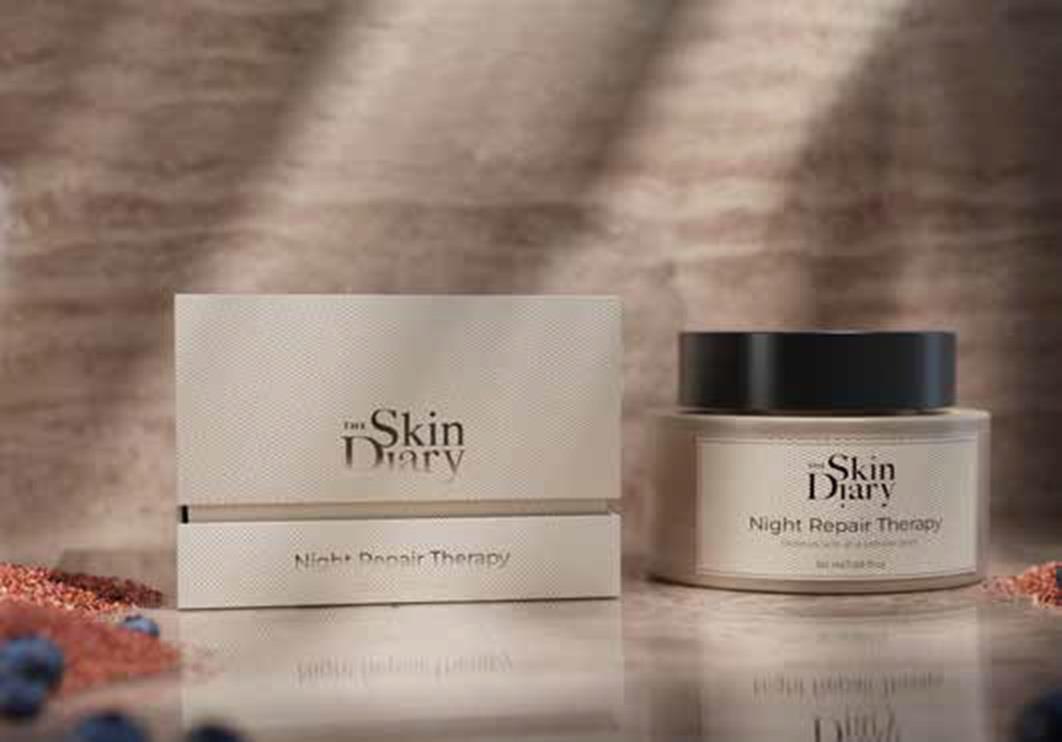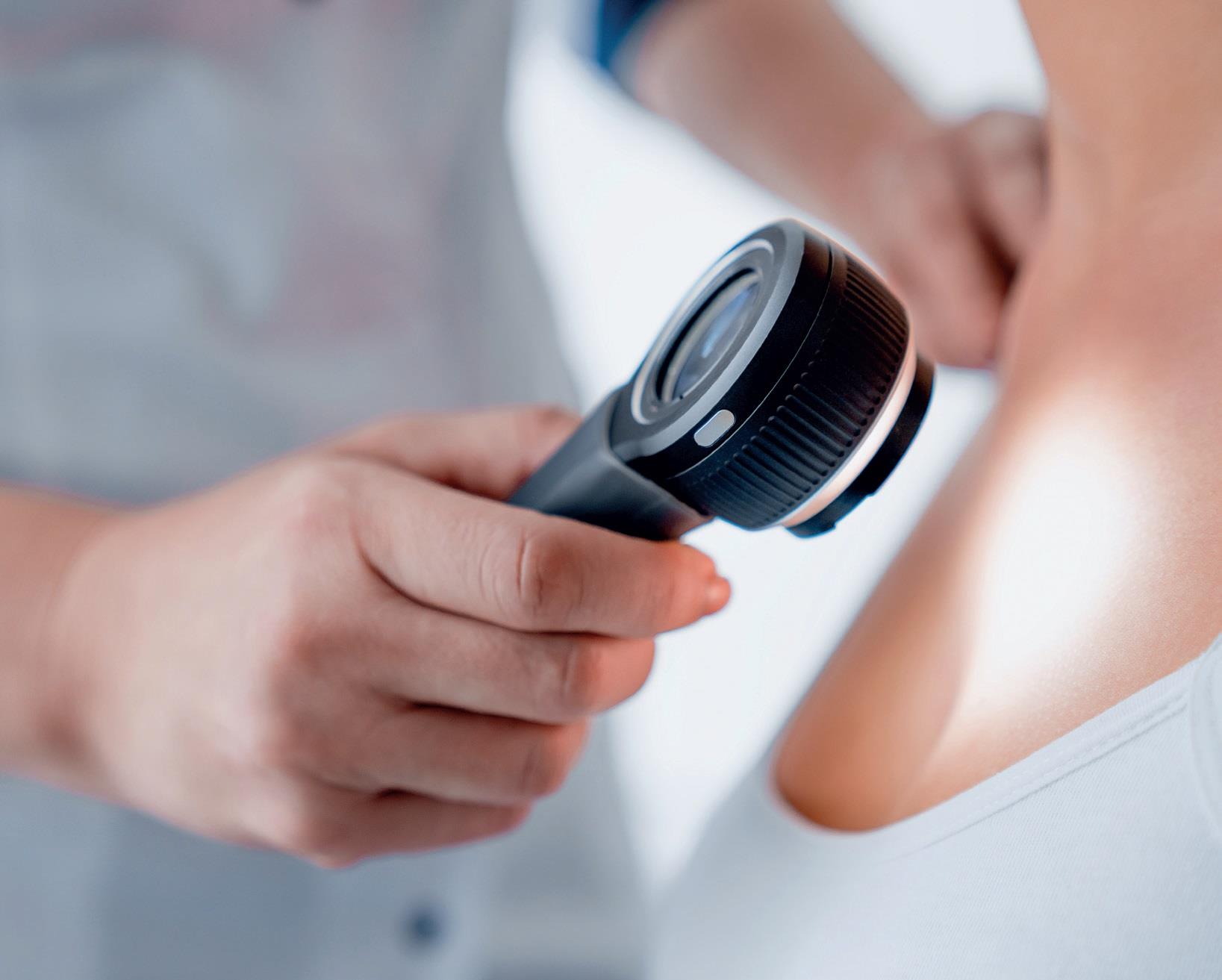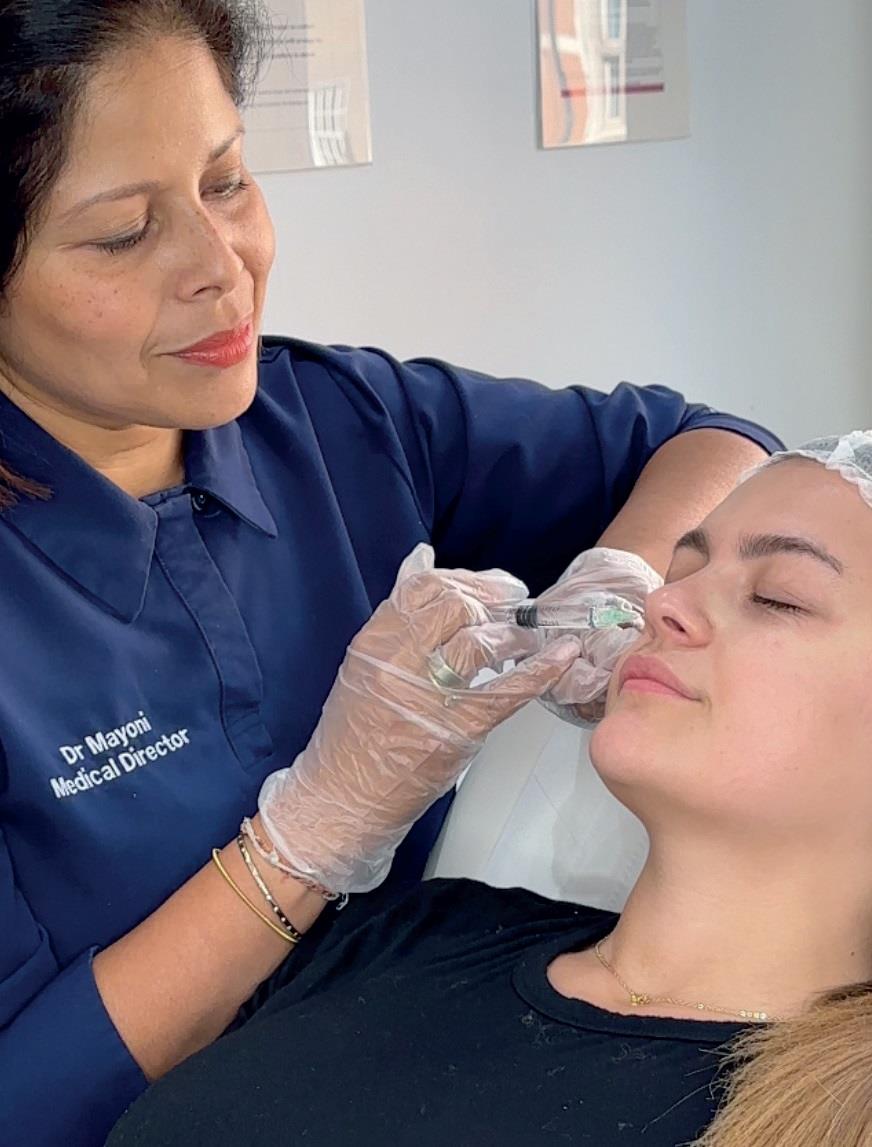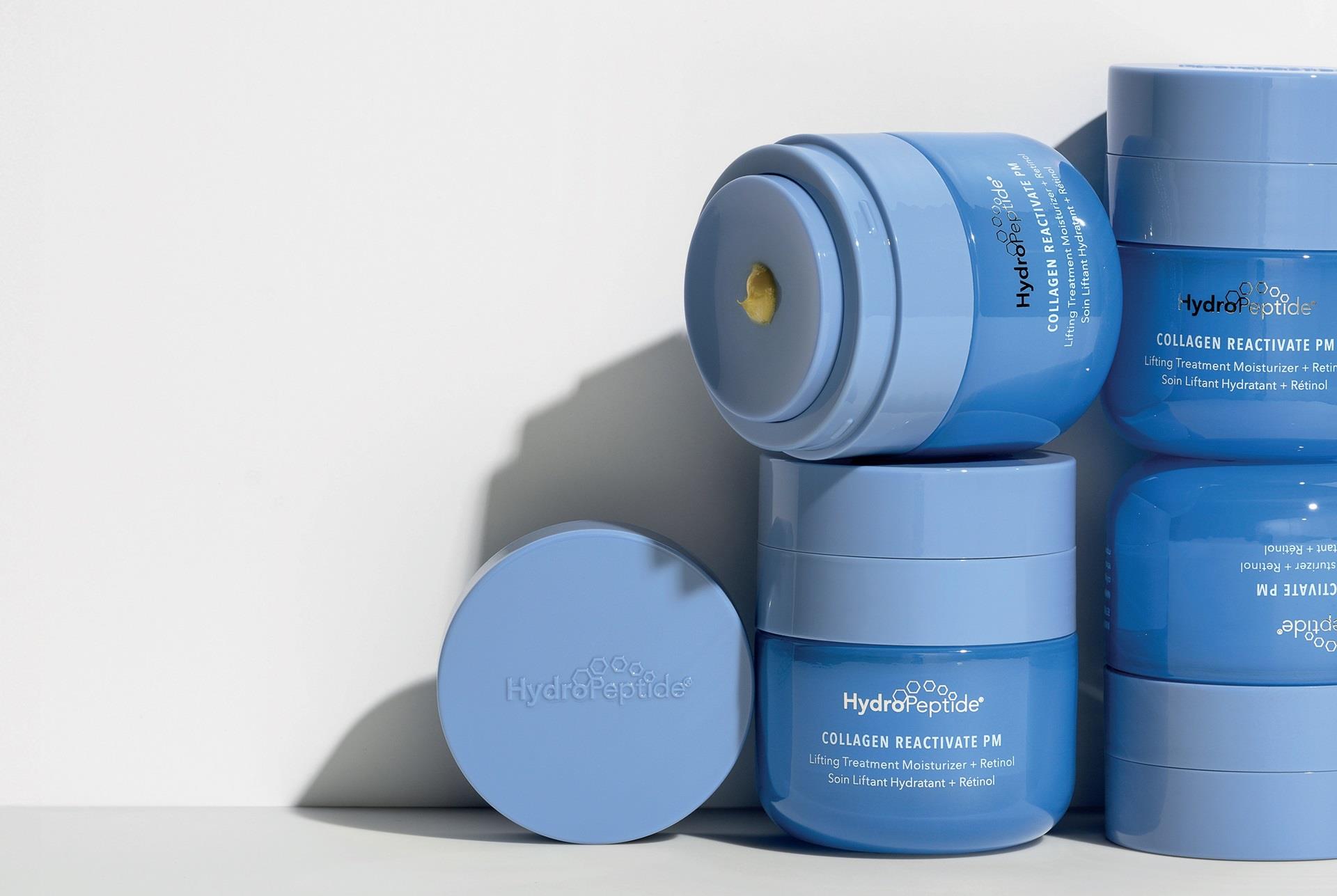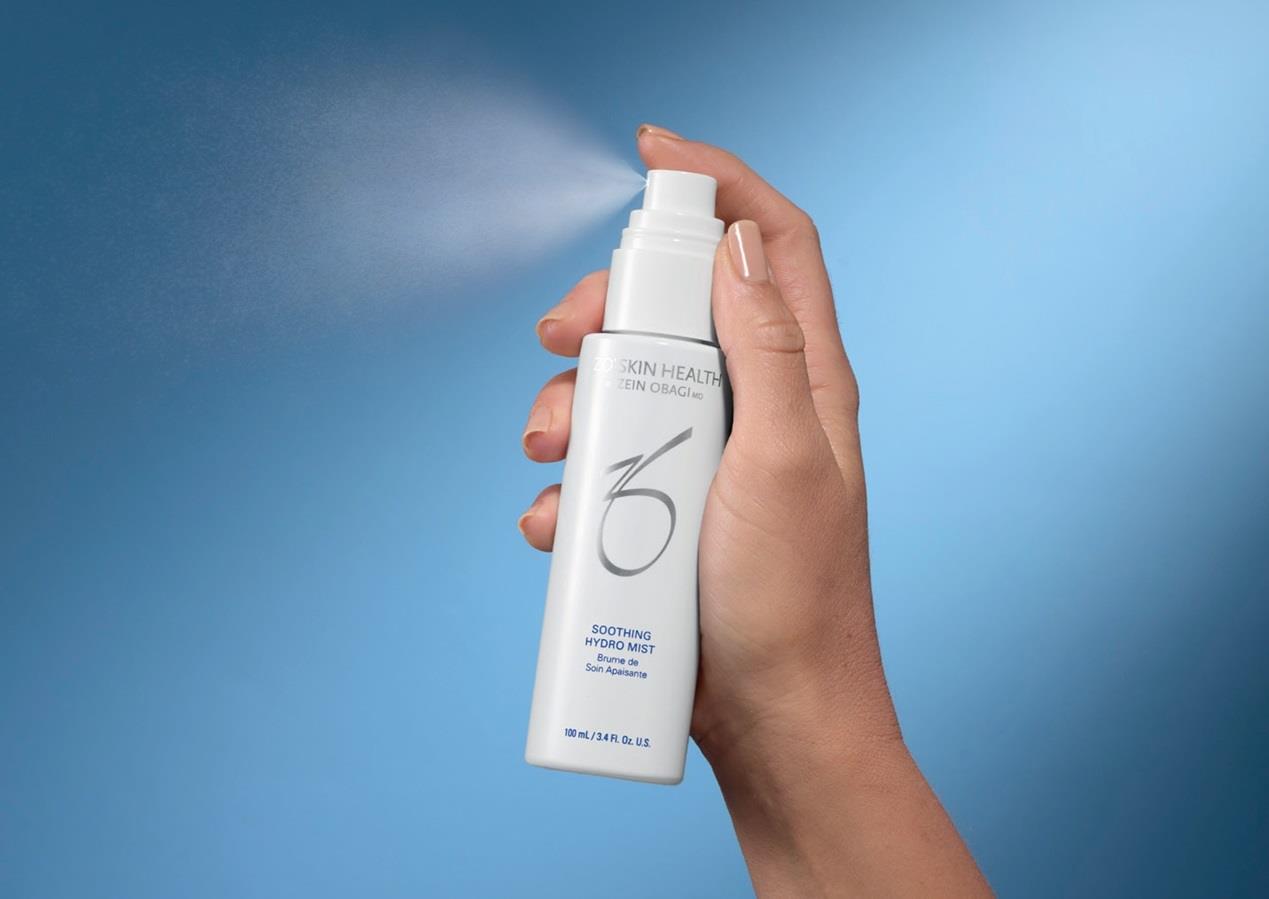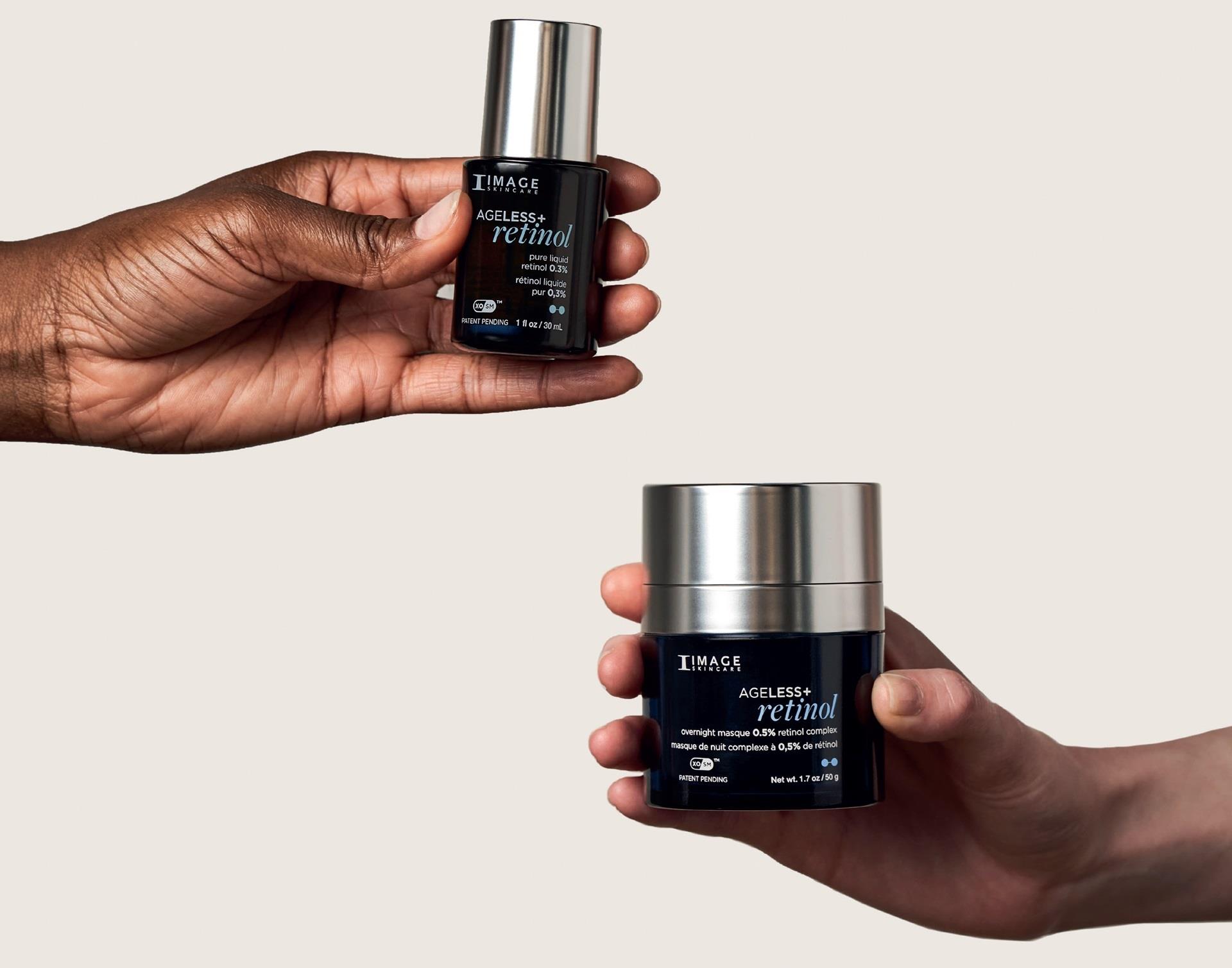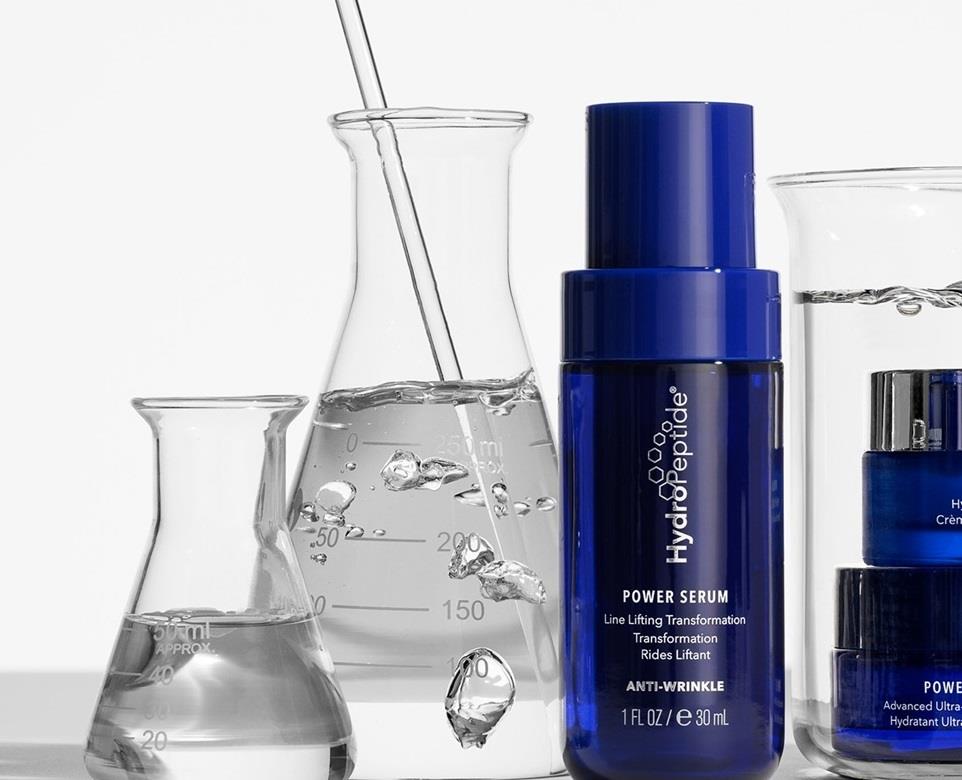Q: Mr Ali Ghanem, please can you tell our readers what the Endolift is?
Endolift is a minimally invasive procedure that utilises laser technology to sculpt the face and body to get rid of pockets of fat and tighten the skin in a highly selective and effective manner with a very impressive minimal downtime.
Q: What is your approach when assessing a patient for treatment with the Endollift?
As with any patient concerned with facial or body aesthetics, the assessment would include general health, psychology and expectation analysis as well as detailed analysis of the anatomy and manifestation of ageing. In this case, the three cardinal ageing manifestations of surface sun damage and fine lines, volume loss, and laxity would be mapped to identify treatment zones.
Q: What areas can be treated with the Endolift?
Theoretically, any area of the face and the body that would benefit from skin tightening and fat contour sculpting could be treated. However, the device is optimised, in the face, for lower lids bags, mid face, lower face and neck laxity. In the body, arms, abdomen, flanks, buttocks, thighs and knees are all areas that have been treated with great clinical and aesthetic outcome
Q: How long does the procedure usually take?
Usually around 15 minutes for small areas such as the lower lids, up to an hour for larger areas such as the abdomen.
Q: What is the recovery time for the patient?
I had this procedure myself and have treated over fifty areas in thirty patients so far. I am most impressed by the short recovery period of usually three-five days of minimal swelling and very infrequently mild bruising. I returned to work immediately after the procedure as did many of my patients too.
Q: How many treatments do patients require?
Usually one is enough for mild to moderate laxity. Severe cases may require repeating the procedure in 6-12 months
Q: What are the common side effects or possible complications that practitioners and patients need to be aware of? And how can they be avoided?
The procedure is very safe when the practitioner is aware of the anatomy of the area to be treated. There is a potential for nerve or vessel damage and as such the practitioner must be familiar with facial anatomy and danger zones to avoid such potential complications.
Q: Does this procedure require local anaesthetic?
The procedure can be done under no anaesthesia at all (as it was in my case when undergoing treatment). At higher energy levels, it is recommended to use very little local anaesthetic to make the procedure more comfortable
Q: Can this treatment be used alongside other skin tightening and bio-remodelling treatments like Bio revitalization or HIFU (high intensity focused ultrasound)?
Absolutely. I often combine this treatment with toxins, fillers and suspensory threads to enhance the outcome. With such precision and versatility and little downtime this procedure is becoming my workhorse to help my patients achieve their best results at the least downtime. I highly recommend it to my patients and colleagues as a result.
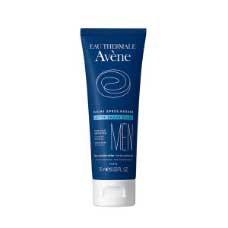
Added to basket


 Unapplied Changes
Unapplied Changes


